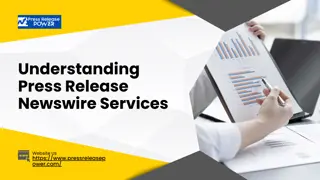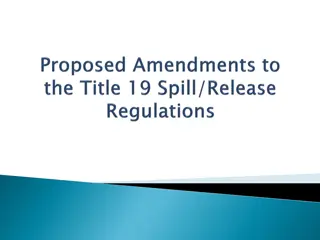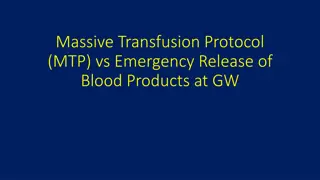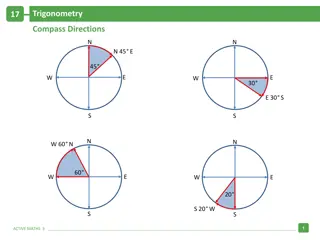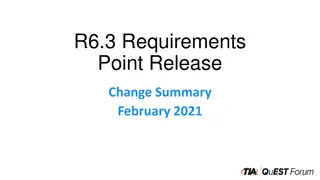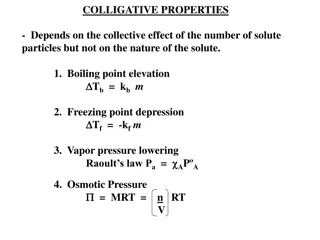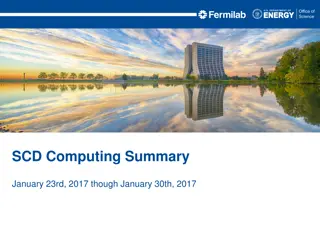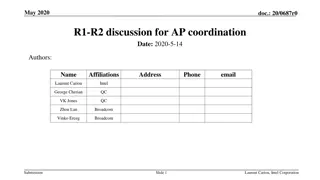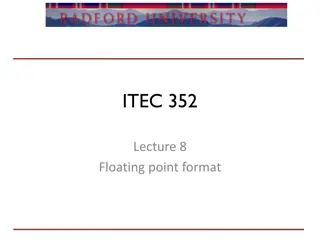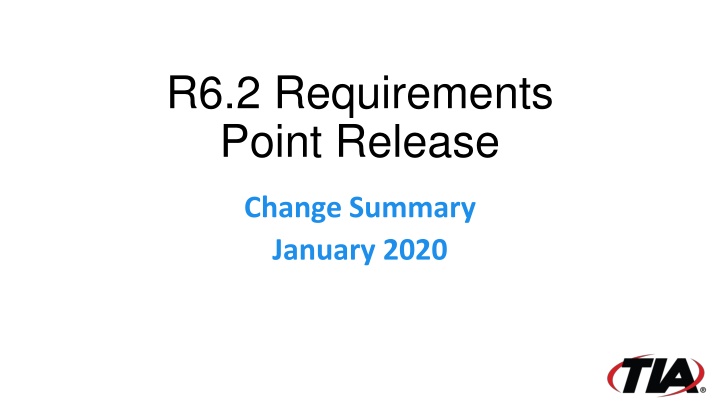
R6.2 Requirements Point Release January 2020 Summary
This summary provides an overview of the changes in the R6.2 requirements point release in January 2020. It includes modifications, deletions, rewordings, terminology updates, and more across different sections like TL 9000 profile, customer input, external provider input, factors for planning, business continuity planning, and advanced quality training.
Download Presentation

Please find below an Image/Link to download the presentation.
The content on the website is provided AS IS for your information and personal use only. It may not be sold, licensed, or shared on other websites without obtaining consent from the author. If you encounter any issues during the download, it is possible that the publisher has removed the file from their server.
You are allowed to download the files provided on this website for personal or commercial use, subject to the condition that they are used lawfully. All files are the property of their respective owners.
The content on the website is provided AS IS for your information and personal use only. It may not be sold, licensed, or shared on other websites without obtaining consent from the author.
E N D
Presentation Transcript
R6.2 Requirements Point Release Change Summary January 2020
SUMMARY OF CHANGES T TYPE YPE A ADDERS DDERS N NOTES OTES Modified = requirement has changed Deleted 0 0 Terminology = no change to the requirement New 0 1 Modified 2 0 Reworded = wording changed for clarity only Reworded 4 4 Terminology 0 1 Renumbered Only Moved 0 0 1 0 Adders 5 Notes 5 No real change Combined 0 0 84 42 TOTAL R6.1 84 43 TOTAL R6.2 2 2
4.3.C.2 TL 9000 Profile and Scope Second paragraph All the registration information shall be recorded and maintained on TL 9000 s Registration Management System (RMS) in a registration profile. The TL 9000 Administrator shall provide relevant information to the IAF database of accredited certifications. The certificate issued by the CB shall reference the registration profile on the RMS by the TL ID number assigned to the registration by the TL 9000 Administrator when the profile is created. The scope statement shall include Please note this change is for information only and has no impact on the certifying organization 3
6.2.2.C.1 Customer Input The organization shall implement methods for soliciting and considering customer input for collaboration with customers on quality planning activities. The organization should establish joint quality improvement programs with selected customers. 6.2.2.C.2 External Provider Input The organization shall implement methods for soliciting and considering external provider input for collaboration with external providers on quality planning activities. 4
6.2.2.C.3-NOTE Factors that may be considered for planning are a) cycle time, b) customer service, c) training, d) cost, e) delivery commitments, f) product reliability, and g) security and privacy, and h) sustainability. 5
7.1.1.C.1-NOTE 2 Business continuity planning may address recovery from security incidents such as cybersecurity, malware, and ransomware attacks. 7.2.C.5-NOTE Examples of advanced quality training include statistical techniques, process capability, statistical sampling, data collection and analysis, problem identification, problem analysis, and root cause analysis and enabling tools. 6
8.3.2.C.1 Project Planning - The organization's project planning activities shall be based on the defined product and service life cycle model (see 8.1.C.1). Throughout the project life cycle, the planning activities should include a) project organizational structure, b) roles, responsibilities, and accountabilities of the project team, c) roles, responsibilities, and accountabilities of related teams or individuals, within and outside the organization, and interfaces between them and the project team, d) methods for scheduling, issue resolution, and management and customer reporting, e) estimation of project factors, f) assumptions in the plan g) budgets, staffing, and schedules associated with project activities, h) the various method(s), standards, documented information, and tools to be used, i) other related project dependencies (e.g., risk management, development, testing, configuration management, and quality), j) project-specific development or service delivery environment and physical resource considerations (e.g., resources to address development, user documentation, testing, operation, required development tools, secure computing environment, lab space, workstations, etc.), k) customer, user, and external provider involvement during the product and service life cycle (e.g., joint reviews, informal meetings, and approvals), l) management of project quality, including appropriate quality measures, m) design for X (DFx) as appropriate to the product and service life cycle, n) lessons learned from previous post-project analyses and retrospectives, including root cause analysis and corrective actions to be taken to preclude repetition in future projects, o) project-specific training requirements, p) required certifications (e.g., product and/or service certifications or employee technical certifications), and q) proprietary, usage, ownership, warranty, and licensing rights. 7
8.3.2.C.1-NOTE 3 DFx examples include Manufacturability, Reliability, Regulatory, Serviceability, Safety, Sustainability, Security, Privacy, and Testability. See 'Design for X (DFx) Guidance Document' at tl9000.org/handbooks/rh_guidance.html for a list of examples and other information on DFx. 8.3.3.C.1 Customer and External Provider Input The organization shall establish and maintain methods for collaboration with soliciting and considering customers and external providers input during the development of new or revised product/service requirements. 8
8.3.3.C.2 Design and Development Requirements Design and development requirements shall be defined and documented, and should include a) quality and reliability requirements, b) functions and capabilities of the products and services, c) business, organizational, and user requirements, d) safety, environmental, sustainability, and security and privacy requirements, e) manufacturability, installability, usability, interoperability, and maintainability requirements, f) design constraints, g) testing requirements, h) product computing resources, i) lessons learned from previous projects and retrospectives, and j) hardware packaging requirements. 9
8.4.1.C.2-NOTE 3 Examples of alignment toward conformity to appropriate quality management systems may include a) surveys, b) external provider questionnaires, c) external provider education and training regarding conformance to standards, d) the use of TL 9000 requirements and measurements, in full or in part, e) second-party audits evaluating TL 9000 conformance or conformance to an appropriate quality management system, and f) Certification to TL 9000 or other quality standards accredited by a signatory of the IAF MLA (where this is available) or by the appropriate sector accreditation body certification. Examples include ISO 9001[2], AS9100[6], CMMI[7], ISO/TSIATF 16949[8], etc. 10
8.5.4.S.1 Software Virus Malware Protection The organization shall establish and maintain methods for software virus malware prevention, detection, and removal from the deliverable product. 11
R6.2 Training Review of this document 12




